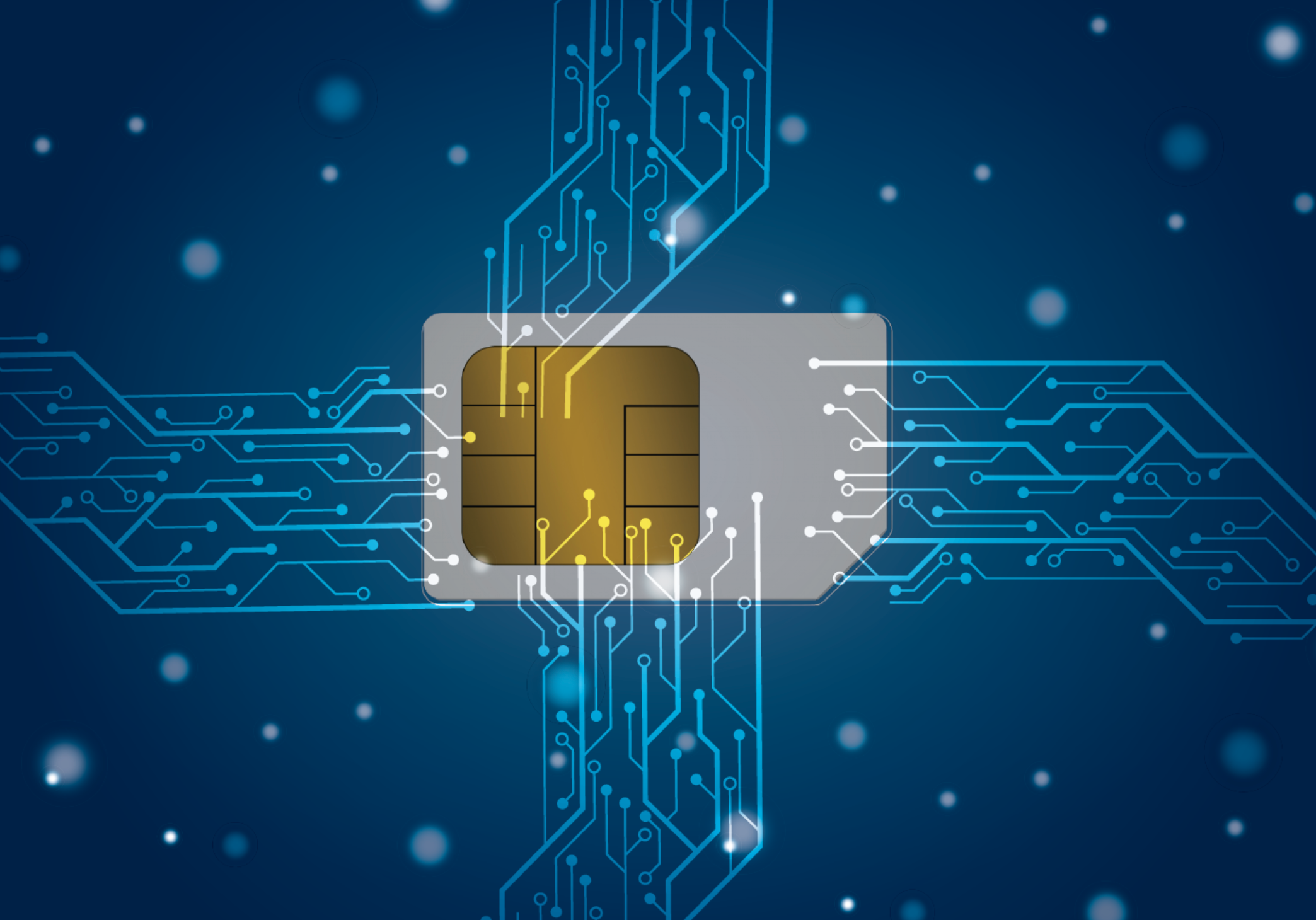The continuous technological developments and innovations have led to a sharp increase in the number of people using IoT devices worldwide. The majority of these devices rely on cellular IoT connectivity to link individuals globally. However, one limitation of many of these IoT devices is that they still use traditional SIM cards. This means that you have to replace the SIM cards anytime you need to switch networks. With Remote SIM Provisioning, you can easily change and activate the SIM profile embedded on your devices such as tablets, computers, and smartwatches.
Table of Contents
What is Remote SIM Provisioning?
Remote SIM provisioning is a GSMA development on portable devices such as smartphones, smartwatches, computers and tablets that allows users to activate different network operator profiles remotely. In other words, you don’t need to remove a SIM card physically from your phone to use a specific network. All you need is a device with an embedded Universal Integrated Circuit Card (eUICC). An eUICC is a small device fitted into the circuitry of an electronic device. RSP is advantageous because you can easily switch to the most reliable network within reach. You can also store several networks in a single eSIM.
Remote SIM Provision Specifications
Currently, there are two specifications for RSP as outlined by the GSMA. They are:
M2M Solution
The Machine to Machine (M2M) solution was the first specification that GSMA developed for the automotive, transport and healthcare industries. This specification is simpler and doesn’t need end-user interaction between the business and the consumer. M2M works on three major elements that include:
- SM-DP (Subscription Manager – Data Preparation): This element prepares, stores, and protects network operator profiles.
- SM-SR (Subscription Manager – Secure Routing): It maintains the status of the profile network and secures communication channels between eUICC and SM-DP.
- eUICC: This is the component of RSP that can store different network profiles in the SIM card.
Consumer Solution
This solution consists of four main components as highlighted below:
- SM-DP+ (Subscription Manager – Data Preparation +): This element works both as SM-DP and SM-SR functions in the M2M solution. Therefore, in addition to creating, downloading, and managing profiles, it protects the network operator details.
- SM-DS (Subscription Manager – Discovery Server): It overcomes any network limitations to link the SM-DP+ with the eUICC.
- LPA (Local Profile Assistant): It enables the eUICC to download encrypted network profiles.
- eUICC: The functions are similar to those in the M2M description.
How Remote SIM protection Can Change the Global IoT Connectivity
One key feature that makes RSP exceptional is the ability to switch between network operator profiles using the eSIM technology. Traditional SIM cards limit you within a specific network and may waste your time as you try to switch SIMs. Carrying SIM cards everywhere is also inconvenient as you can easily misplace the cards considering their small size.
With RSP, you can quickly grow your IoT connectivity to international levels. The IoT data plans cover over 100 countries and also support complete Remote SIM provision. Moreover, Remote SIM protection enables automobiles to change into another carrier whenever a better network is available.
Advantages of RSP
There are two significant benefits of dumping traditional SIM cards for RSP.
Durability
Durability is a major factor to consider when buying any IoT device. Frequently, IoT devices are exposed to harsh environmental conditions and therefore should be made of long-lasting materials.
GSMA designed eSIM for durability. Its strategic location inside the device protects it from hazardous conditions such as unfavorable temperatures and extreme vibrations. While the traditional sim card can only survive for a few years, the eSIM can stay for a decade even in harmful conditions.
Portability
Most devices using traditional SIM cards are large in size to accommodate the SIM card tray. This makes them inconvenient to carry around. Devices using the eSIM technology are small, easy to carry and perform efficiently. Their tiny size also guarantees them better theft protection.
Conclusion
There are many benefits of switching from traditional SIM cards to Remote Sim Protection, including flexibility to change networks. In a world that is changing fast, RSP is a crucial element in meeting the demands of large-scale IoT projects that need global coverage. Despite all the advantages that RSP offers, it is only by partnering with an appropriate network provider that eSIM users can benefit greatly.


